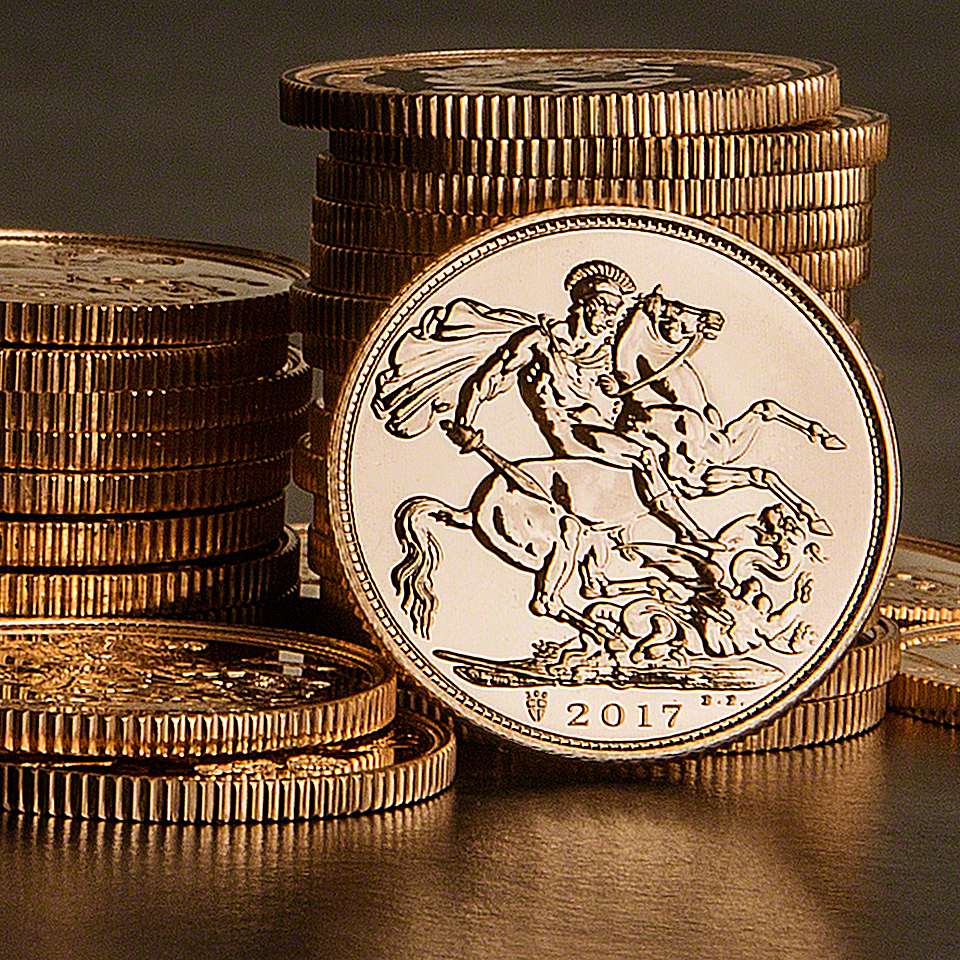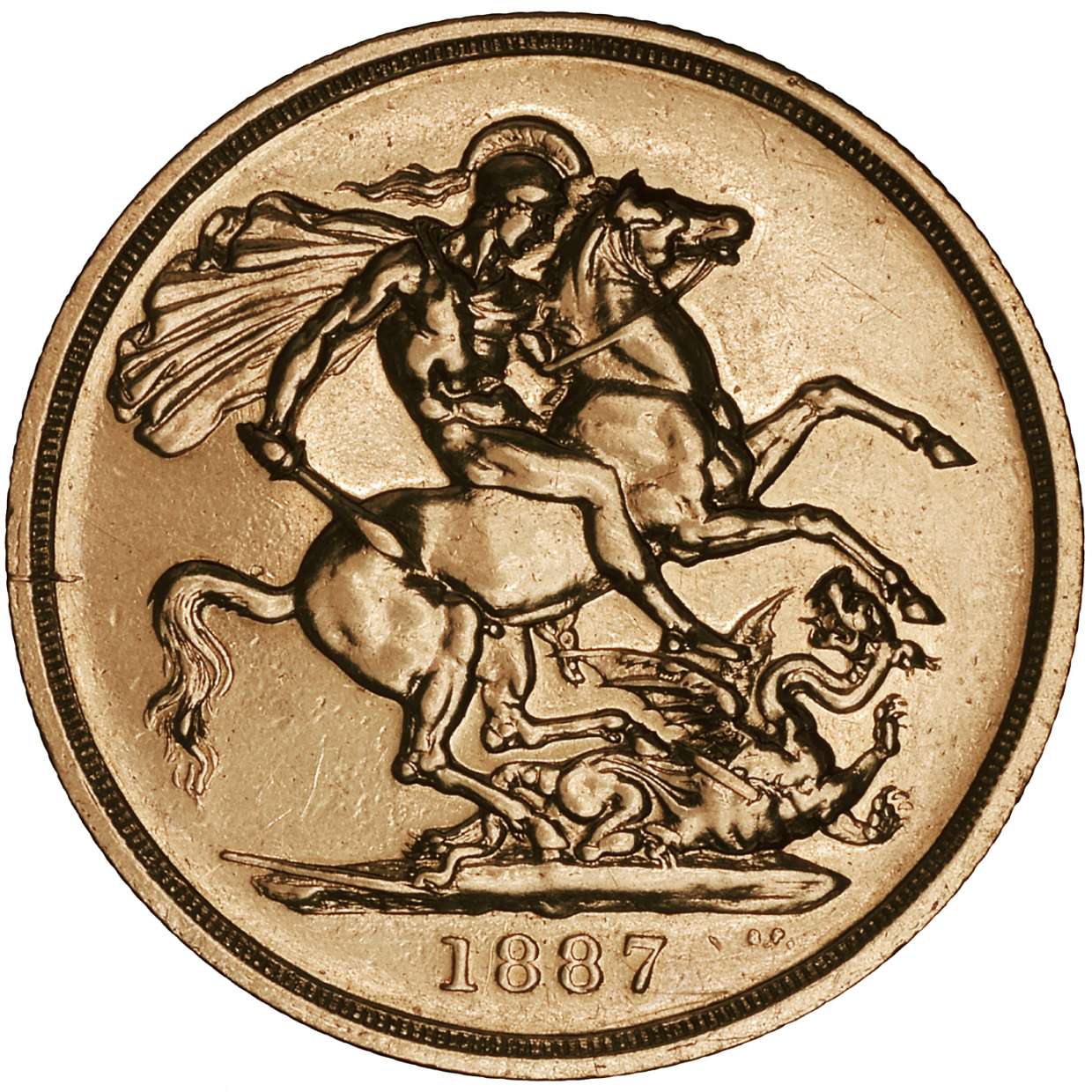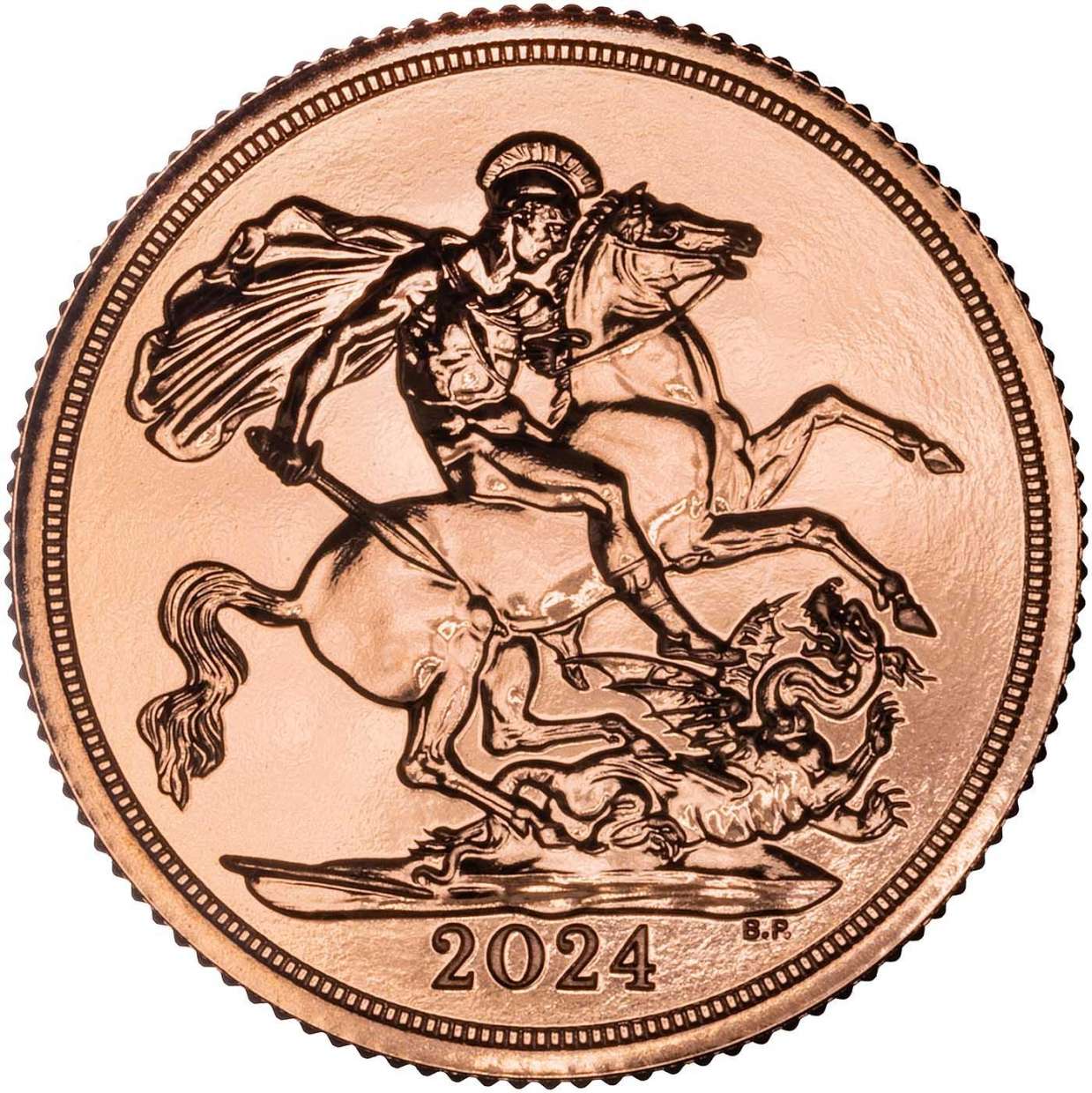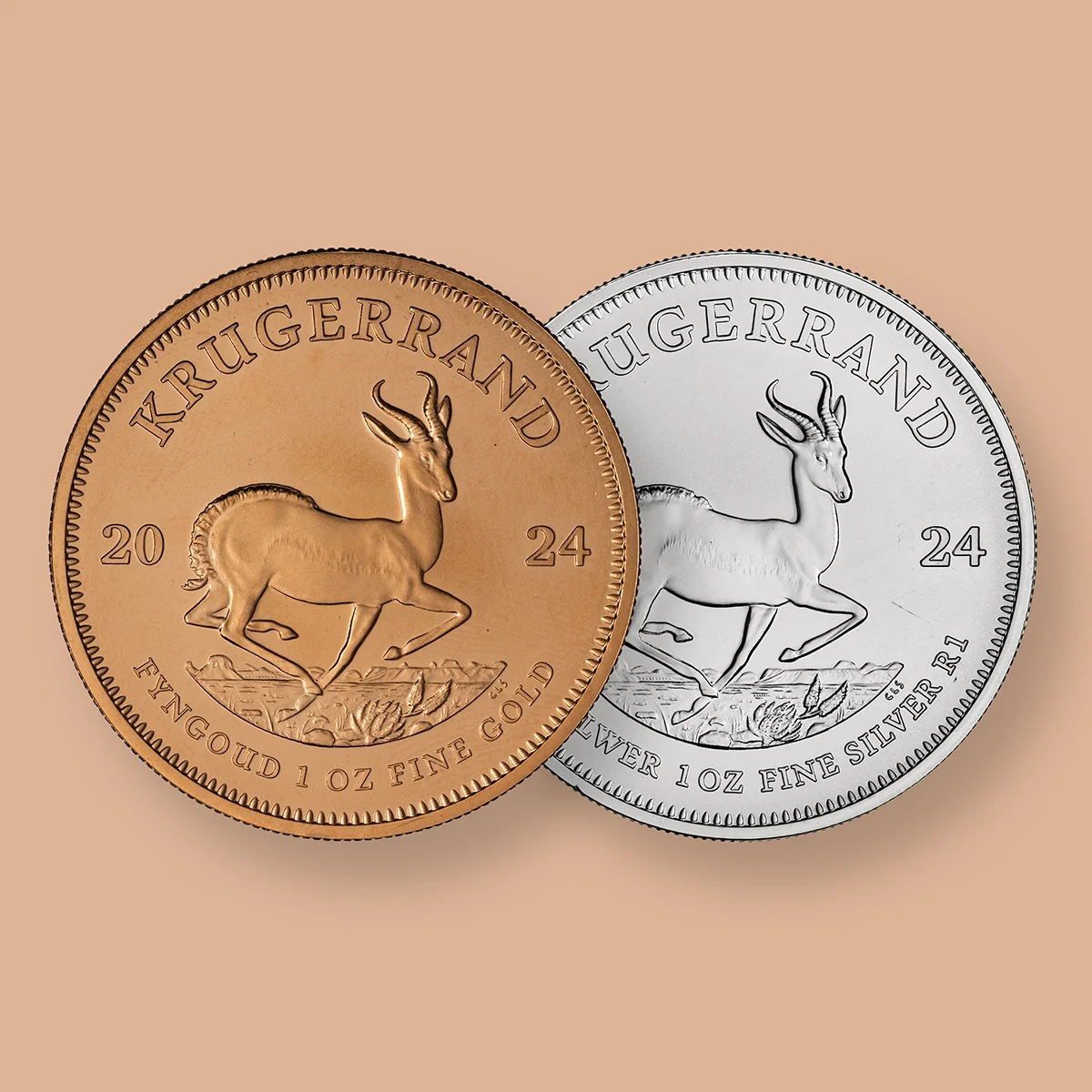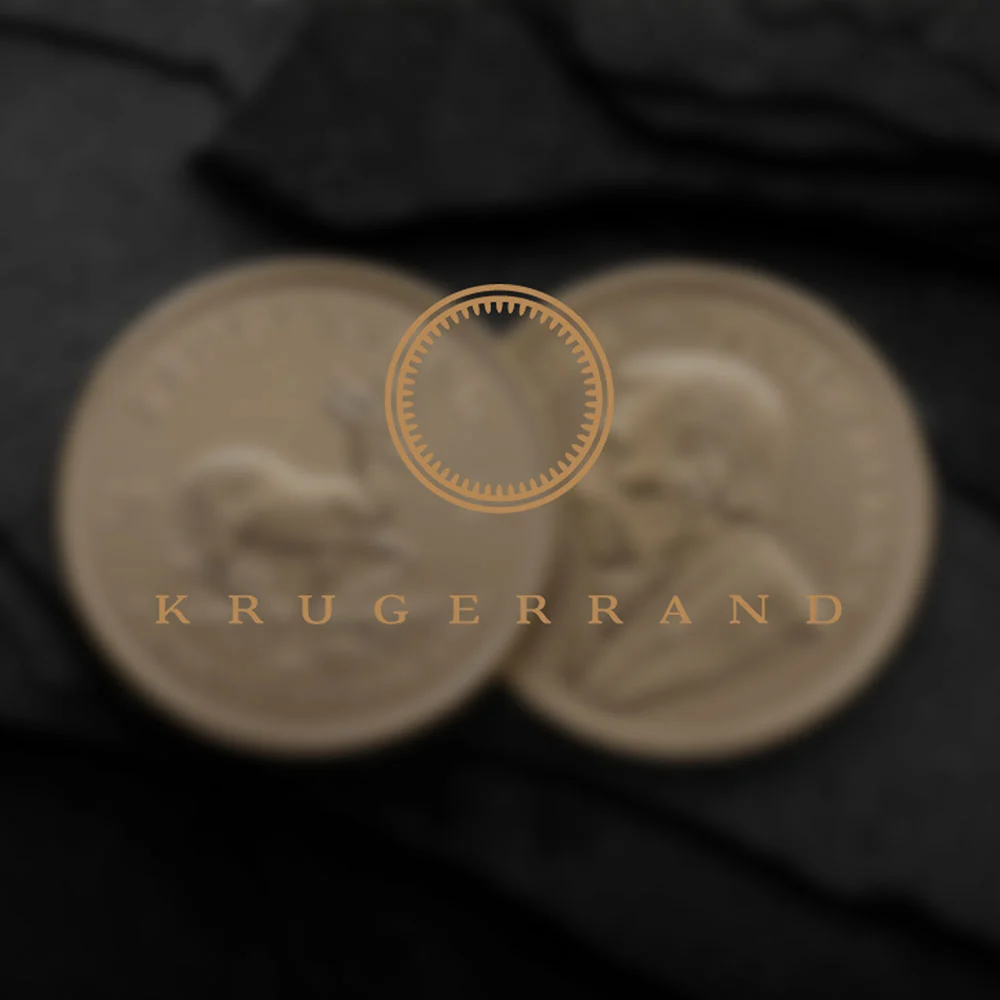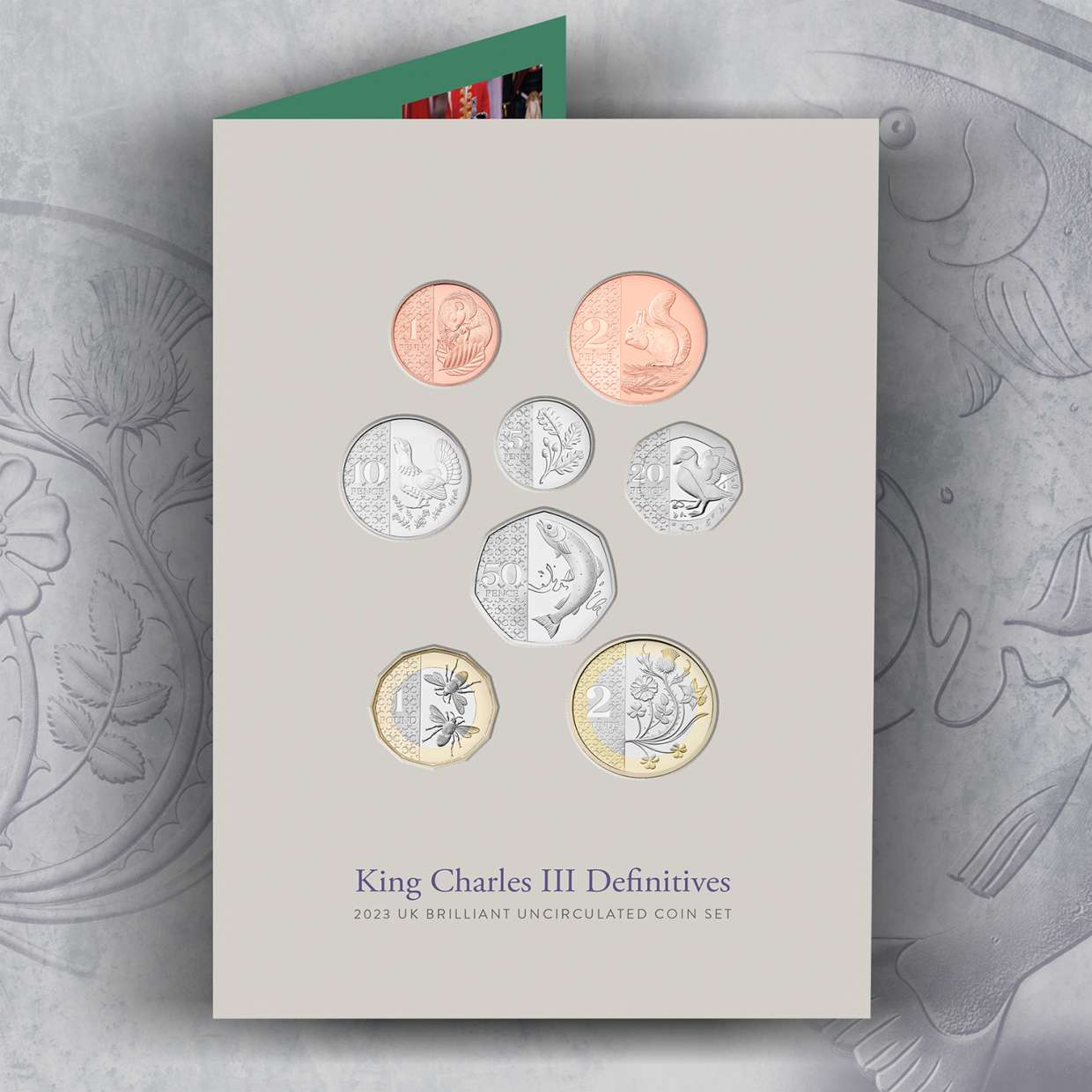What Is the Difference Between a Troy Ounce & an Ounce?
Synopsis
Gain a comprehensive understanding of the distinctions between troy ounces and ounces of precious metals, including historical context, weight variations and conversion factors, and the implications on value and purity. Indispensable knowledge for discerning investors, traders, and collectors.
The Importance of Knowing the Difference
When discussing the realm of precious metals, it is crucial to distinguish between the terms "troy ounce" and "ounce." Although they may seem interchangeable, they possess distinct historical origins and current usage.
What is an Ounce of Measurment?
An ounce is a unit of measurement that is used to measure a variety of different things, including weight, volume, and mass. It is the standard unit of measurement in the United States and is equivalent to 28.35 grams. Ounces are used to measure a variety of items, including precious metals, food, and liquids.
What is A Troy Ounce?
A troy ounce is a unit of weight that is commonly used to measure the weight of precious metals, such as gold and silver. The troy ounce is heavier than a regular ounce and is based on a traditional system of weights and measures. It is the standard unit of measurement for gold, silver, and other precious metals.
The Measurement for Precious Metals
The troy ounce, hailing from the medieval European town of Troyes, was traditionally utilized in the measurement of precious metals and was standardized across Europe. In contrast, the standard ounce was developed as a more general measurement of weight and was employed in everyday measurements such as food and other goods.
Weight and Conversion Factors
It is important to note that the troy ounce is slightly weightier than the standard ounce, at 31.1034768 grams, or 1.097142857 troy ounces, compared to 28.349523125 grams, or 1 ounce. This slight discrepancy can prove significant when dealing with large quantities of precious metals, as it can translate to a difference in value. Additionally, it is necessary to be familiar with the conversion factor, as one troy ounce is equivalent to 1.097142857 ounces, and one ounce is equivalent to 0.911458333 troy ounces.
Purity of Precious Metals
Furthermore, the difference in weight between the two measurements also affects the purity of precious metals. A gold bar marked as "999.9 pure," for example, would actually be 99.99% pure gold when measured in troy ounces, but only 99.99% pure gold when measured in ounces.
Buying and Selling Precious Metals in the United Kingdom
It is crucial to understand that the troy ounce is primarily used in the precious metal industry, specifically in the buying and selling of gold and silver. The price of these metals is commonly quoted in troy ounces and most precious metal products such as gold coins and bars are also measured in troy ounces. On the other hand, the standard ounce is mainly employed in everyday measurements such as weight and volume. This is particularly important to keep in mind when purchasing or selling precious metals in the United Kingdom, as the price is typically quoted in troy ounces.
Difference Between Troy Ounce & Ounce for Precious Metals
In conclusion, it is imperative for those involved in the world of precious metals to be cognizant of the differences between a troy ounce and an ounce. The troy ounce is primarily used in the precious metal industry while the standard ounce is mainly employed in everyday measurements. Furthermore, the difference in weight and conversion factor can have a significant impact on the value and purity of precious metals. It is important for investors and sellers to use the correct measurement and be aware of the conversion factor when buying or selling precious metals to ensure accurate calculations. This knowledge is essential for anyone involved in the high-end precious metal market, whether as an investor, trader, or collector. Understanding the difference between a troy ounce and an ounce can help to prevent confusion and ensure that transactions are conducted with precision and accuracy. It is essential for anyone dealing with precious metals to be aware of these distinctions and to use the appropriate measurements for the task at hand.
Related Articles
This guide and its content is copyright of Chard (1964) Ltd - © Chard (1964) Ltd 2024. All rights reserved. Any redistribution or reproduction of part or all of the contents in any form is prohibited.
We are not financial advisers and we would always recommend that you consult with one prior to making any investment decision.
You can read more about copyright or our advice disclaimer on these links.







